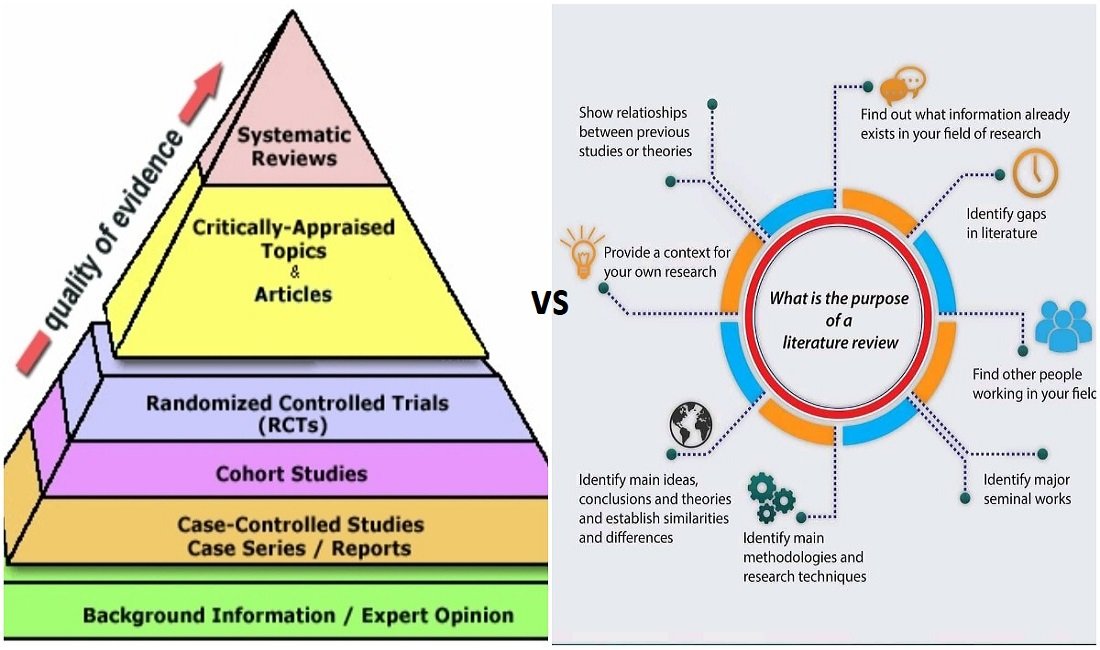Difference Between Column Chart and Bar Chart
Data represented on charts make it much easier for readers to comprehend large amounts of information at once, regardless of how big the data sets are.
Now the two most frequently used charts are bar charts and column charts due to their straightforward display and interpretation of data.
The main difference between column charts and bar charts is that you always draw bar charts horizontally and column charts vertically. Both of these charts display data to compare between two given parameters.
In this article, we will focus only on the differences between the two and when to use them! So, let’s dive in.
What Is a Bar Chart?

Primarily, a bar graph conveys the contrasts between discrete categories of data. While on one axis lies the categories on the other axis projected are their corresponding values.
The parameters are usually qualitative, for instance, age groups, price of commodities, room sizes, etc.
One very important use of bar charts is in the stock market, where traders use them to analyze market trends, identify probable trend reversals and monitor price movements.
A fun fact to take away; bar charts arranged in a ‘highest to lowest’ order are called Pareto charts!
You might also want to know the difference between table and chart.
What Is a Column Chart?

Column charts are the best at representing changes in a specific data set over time. Since you plot every value using columns, the varying lengths of different columns make it easy for comparisons.
Column charts are easy to interpret. They are relatively simple but have a display of limited categories. Otherwise, the graph becomes too cluttered, which is rather difficult to interpret.
You would expect the column chart to illustrate data in such a way that even a person with no training or knowledge in charts and graphs can understand it at once!
Column Chart vs. Bar Chart
The first and foremost dissimilarity between these two types of charts is; for bar charts, you represent the values on the horizontal axis, and the categories are defined on the vertical axis, But when it comes to column charts, values are drawn on the vertical axis, while you represent the categories on the horizontal axis — the mirror opposite!
Interestingly, a bar chart, when in a vertical orientation, is called a column chart, and similarly, a column chart in a horizontal form is called a bar chart. That only means that both these graphs use the same set of data, but their naming depends solely on the display orientation.
Recommended for You:
Difference Between Column Chart and Bar Chart: A Table
| Parameter of Comparison | Column Chart | Bar Chart |
| Definition | A chart where data is represented via vertical rectangles | Here, data are represented in horizontal rectangles, showing comparisons amongst separate categories |
| Orientation of Display | Vertically drawn | Horizontally plotted |
| Usage | Represent data with relatively shorter labels | Represent data with long labels |
| Type of Values | Can easily represent negative values since they are represented in the downward direction along the y-axis | Difficult to draw negative values on bar charts because they are plotted leftwards along the x-axis |
| Also Known as | Vertical bar charts | Horizontal column charts |
Bar charts and column charts are the most uncomplicated and approachable ways to represent data in a very user-friendly format.
The summary of the column chart vs. bar chart is; while you can use bar charts to display a large array of data, you can use column charts to clear the way for all comparison-based analyses.






